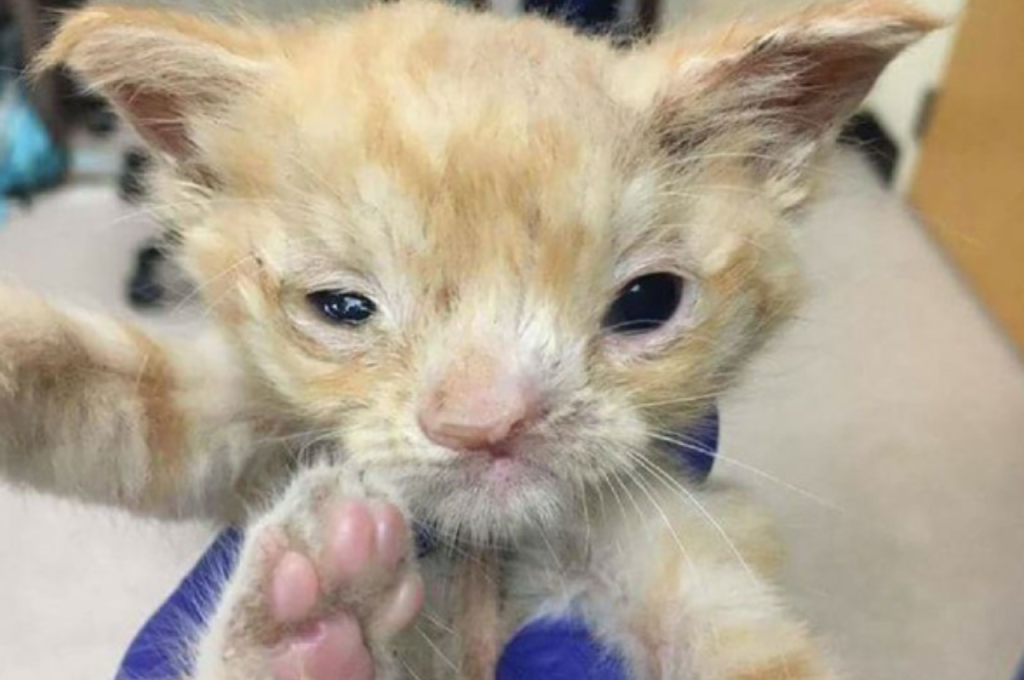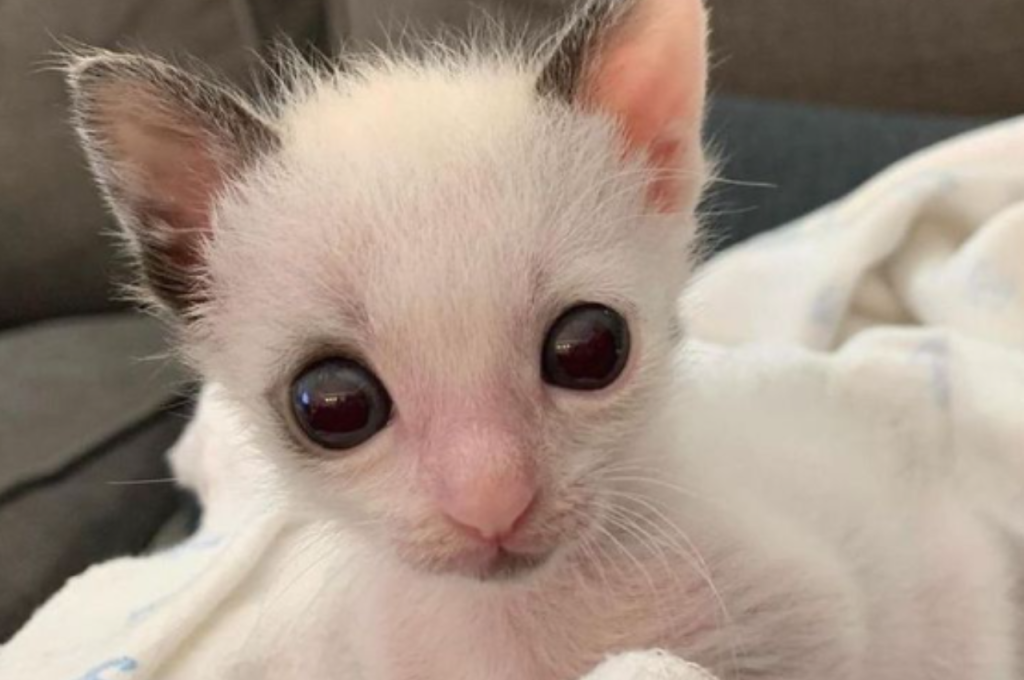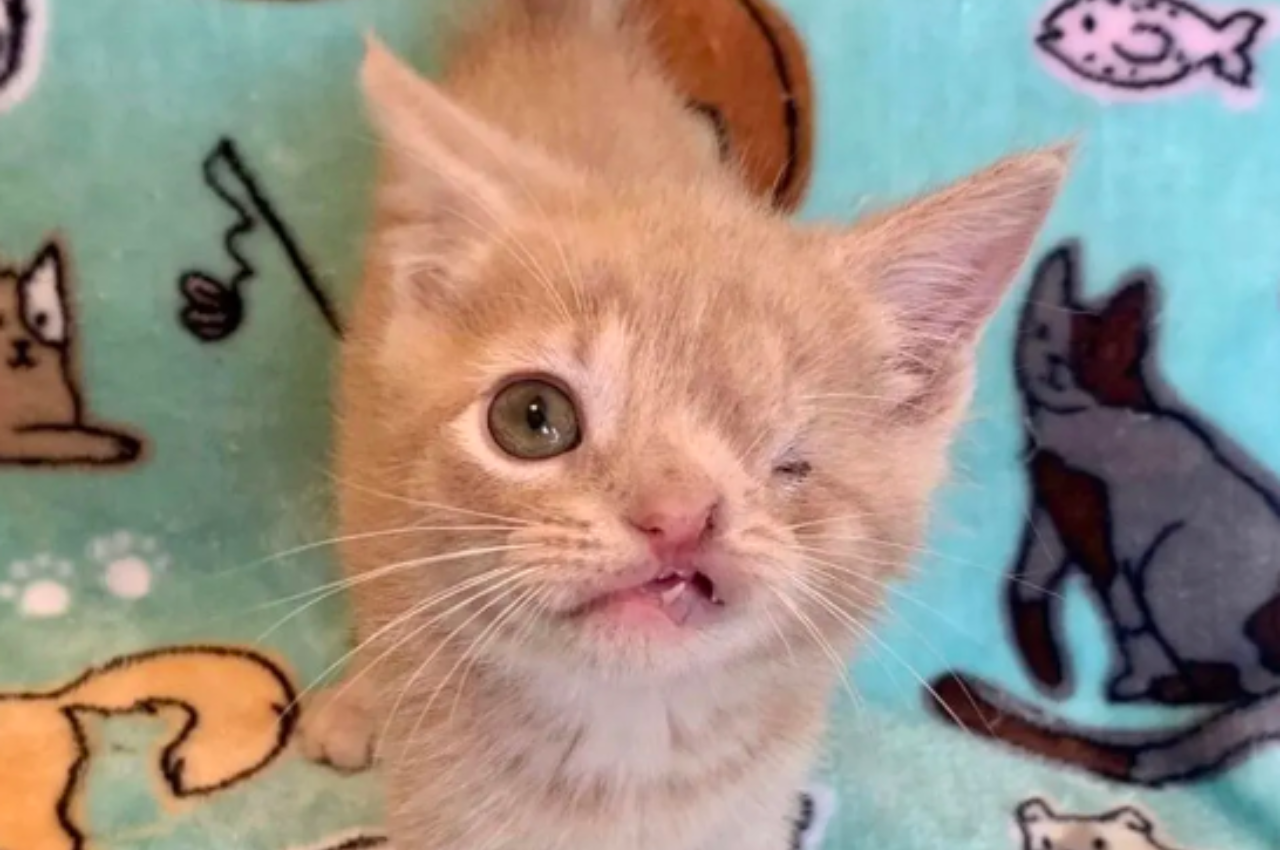Rare genetic disorders in cats can cause various health problems. These disorders are the result of genetic mutations that can be inherited or occur spontaneously.
Cats, just like humans, can be affected by a wide range of genetic disorders. These disorders can cause a variety of health problems, ranging from mild to severe. Some of the most common rare genetic disorders in cats include lysosomal storage diseases, polycystic kidney disease, and progressive retinal atrophy.
These disorders can be inherited from the cat’s parents or can occur spontaneously. Inherited disorders can be passed down through generations of cats, while spontaneous mutations can occur at any time. It is important for cat owners to be aware of these disorders and to work with their veterinarians to monitor their cat’s health and provide appropriate care.
Introduction To Rare Genetic Disorders In Cats
Cats can inherit rare genetic disorders, impacting their health and well-being. These conditions, such as polycystic kidney disease and hypertrophic cardiomyopathy, require specialized care and attention. Understanding these disorders can help in early detection and management of affected felines.

The Fascination With Feline Genetics
Cats have been a subject of fascination for humans for centuries, with their unique personalities, behaviors, and physical features. One area of particular interest is their genetics. Just like humans, cats can inherit genetic disorders that can impact their health and well-being. In this article, we will explore the world of rare genetic disorders in cats and how they can affect our feline companions.
Scope Of The Article
This article aims to provide an introduction to rare genetic disorders in cats. We will start by discussing the basics of feline genetics and how they impact the inheritance of genetic disorders. We will then explore some of the most common rare genetic disorders seen in cats, including their symptoms and treatment options. Finally, we will discuss the importance of genetic testing and breeding practices in helping to reduce the prevalence of these disorders in future generations of cats.
Feline Genetics And The Inheritance Of Rare Genetic Disorders
Cats, like all living organisms, have DNA that determines their physical and behavioral traits. Genetic disorders occur when there are mutations or changes in the DNA sequence that can lead to health problems. In cats, these mutations can be inherited from one or both parents, depending on whether they are recessive or dominant. Some genetic disorders are more common in certain breeds of cats, while others can affect cats of any breed or mix. Understanding feline genetics is crucial in identifying and managing rare genetic disorders in cats.
Common Rare Genetic Disorders In Cats
There are several rare genetic disorders that can affect cats, including polycystic kidney disease, hypertrophic cardiomyopathy, and progressive retinal atrophy. These disorders can impact various systems of the body and can lead to symptoms such as kidney failure, heart disease, and blindness. Treatment options for these disorders can range from supportive care to medication and surgery, depending on the severity of the condition. Early detection and intervention can greatly improve the prognosis for cats with rare genetic disorders.
The Importance Of Genetic Testing And Breeding Practices
Genetic testing is a crucial tool in identifying cats that are carriers of rare genetic disorders. This information can help breeders make informed decisions about breeding practices to reduce the prevalence of these disorders in future generations of cats. It is also important for cat owners to be aware of the potential for genetic disorders in their feline companions and to work closely with their veterinarian to monitor for any signs of these conditions. By working together, we can help ensure the health and well-being of our beloved feline friends.
The Genetic Blueprint Of Cats
Decoding Feline Dna
Cats, like humans, have a complex genetic blueprint that influences their physical traits and health. The DNA of cats contains the instructions for the development and functioning of every cell in their bodies. Decoding feline DNA can provide valuable insights into the unique genetic makeup of each cat, shedding light on potential health issues that may arise due to genetic factors.
How Genetics Influence Health
The genetic composition of cats plays a crucial role in determining their susceptibility to various health conditions. Certain genetic mutations can predispose cats to rare genetic disorders, affecting their overall well-being. Understanding how genetics influence health in cats is essential for identifying and addressing potential genetic health concerns early on.
Unraveling The Mysteries: Key Disorders
Rare genetic disorders in cats can be a source of great concern for pet owners. Understanding these disorders is crucial for early detection and intervention, ensuring the well-being of our feline companions. In this article, we delve into two key disorders that can affect cats: Polycystic Kidney Disease (PKD) and Hypertrophic Cardiomyopathy (HCM).
Polycystic Kidney Disease (PKD)
Polycystic Kidney Disease (PKD) is an inherited disorder characterized by the growth of multiple cysts in the kidneys. These cysts can disrupt kidney function and lead to kidney failure if left untreated. While the exact cause of PKD is still under study, it is known to be caused by a genetic mutation.
Signs and Symptoms:
- Enlarged abdomen
- Frequent urination
- Increased thirst
- Poor coat condition
Treatment and Management:
Unfortunately, there is no cure for PKD. However, early diagnosis and proper management can help slow the progression of the disease and improve the cat’s quality of life. Treatment options may include medication to manage symptoms, a specialized diet, and regular monitoring of kidney function.
Hypertrophic Cardiomyopathy (hcm)
Hypertrophic Cardiomyopathy (HCM) is the most common heart disease in cats, characterized by the thickening of the heart muscles. This condition can result in abnormal heart function, leading to heart failure and even sudden death.

Signs and Symptoms:
- Coughing
- Difficulty breathing
- Weakness or lethargy
- Loss of appetite
Treatment and Management:
While there is no cure for HCM, early detection and management can greatly improve the cat’s prognosis. Treatment options may include medication to regulate heart function, a low-sodium diet, and regular check-ups with a veterinarian to monitor the condition.
Being aware of these rare genetic disorders and their signs is essential for every cat owner. Regular veterinary check-ups and genetic testing can help identify these disorders early on, allowing for appropriate measures to be taken to ensure the health and well-being of our beloved feline friends.
Feline Dwarfism: A Closer Look
Rare genetic disorders can impact cats, leading to unique conditions such as feline dwarfism. Understanding the complexities of these conditions is crucial for providing the best care for our feline friends. Let’s take a closer look at feline dwarfism and its impact on the quality of life for affected cats.
Understanding The Condition
Feline dwarfism, also known as hypochondroplasia, is a rare genetic disorder that affects the skeletal development of cats. Affected cats typically exhibit short limbs, a shortened spine, and a proportionally normal-sized head. This condition is often caused by a mutation in the feline fibroblast growth factor receptor gene.
Impact On Quality Of Life
The impact of feline dwarfism on a cat’s quality of life can vary. Physical limitations may affect their mobility and ability to perform certain activities. Additionally, joint and bone issues can lead to discomfort. It’s essential for owners to provide appropriate accommodations and regular veterinary care to ensure the best quality of life for cats with feline dwarfism.
Manx Syndrome: More Than Tailless Cats
Rare genetic disorders in cats can lead to various health complications that often go unnoticed. One such disorder is Manx syndrome, which extends far beyond the absence of a tail in the Manx breed. Understanding the genetic causes and health implications of this syndrome is crucial for cat owners and breeders alike.
Genetic Causes
Manx syndrome is primarily caused by a genetic mutation that affects the development of the spine and spinal cord in cats. This mutation can result in a range of abnormalities, including shortened tails, fused vertebrae, and skeletal deformities.
Health Implications
The health implications of Manx syndrome can be severe, impacting a cat’s mobility and overall well-being. Cats affected by this disorder may experience issues with bowel and bladder control, as well as potential spinal cord defects that can lead to paralysis.
Progressive Retinal Atrophy (pra) In Felines
Felines can inherit rare genetic disorders like Progressive Retinal Atrophy (PRA), causing gradual vision loss. This condition, though uncommon, affects cats of various breeds and ages, leading to blindness over time. Regular veterinary check-ups can help identify PRA early and manage its progression.
The Progression Of The Disease
Progressive Retinal Atrophy (PRA) in felines is a rare genetic disorder that affects the eyes. PRA causes gradual degeneration of the retina, leading to vision loss over time. Symptoms of PRA include night blindness, dilated pupils, and eventually complete blindness.
Living With Pra
Cats with PRA can still lead fulfilling lives with proper care and adjustments. Ensure a safe environment by keeping furniture in the same place to help them navigate. Regular vet check-ups are essential to monitor the progression of PRA in cats. Implement a consistent feeding schedule and avoid rearranging the living space. Use night lights to help cats with PRA move around more easily in low light. Provide interactive toys that rely on other senses besides sight for mental stimulation. PRA may be challenging, but with love and care, cats with this condition can thrive.
Exploring Treatment And Management Options
Discover effective treatment and management options for rare genetic disorders in cats. Explore innovative approaches to provide the best care for these feline companions. Stay informed and learn how to navigate the challenges that come with managing these unique conditions.
Advances In Veterinary Genetics
Cats with rare genetic disorders can benefit from advances in veterinary genetics. Understanding the genetic basis of these conditions enables targeted treatments.
Holistic And Supportive Care Approaches
Holistic and supportive care can greatly enhance the quality of life for cats with genetic disorders. These approaches focus on the overall well-being of the cat.
The Role Of Responsible Breeding
Ethical Considerations
- Responsible breeding aims to prevent genetic disorders in cats.
- Reducing The Prevalence Of Genetic Disorders
- Genetic testing can help reduce inherited disorders in cats.
Future Perspectives on Feline Genetics
The future of feline genetics holds promise for understanding and addressing rare genetic disorders in cats. Research in this field aims to identify genetic mutations responsible for these disorders, paving the way for targeted therapies and improved feline health.

Emerging Research And Technologies
The field of feline genetics is rapidly evolving with new research and technologies. Advancements have allowed for better understanding and treatment of rare genetic disorders in cats. Researchers are exploring cutting-edge technologies to uncover genetic mutations.
The Promise Of Gene Therapy
Gene therapy offers hope for treating rare genetic disorders in felines. This innovative approach involves replacing or repairing faulty genes in cats. It holds the potential to revolutionize the way genetic disorders are managed. Ensuring a brighter future for cats with rare genetic conditions.
Conclusion
Understanding rare genetic disorders in cats is crucial for early detection and treatment. As a cat owner, awareness can help provide better care and support for our feline companions. By staying informed and proactive, we can ensure the well-being of our beloved cats for years to come.
